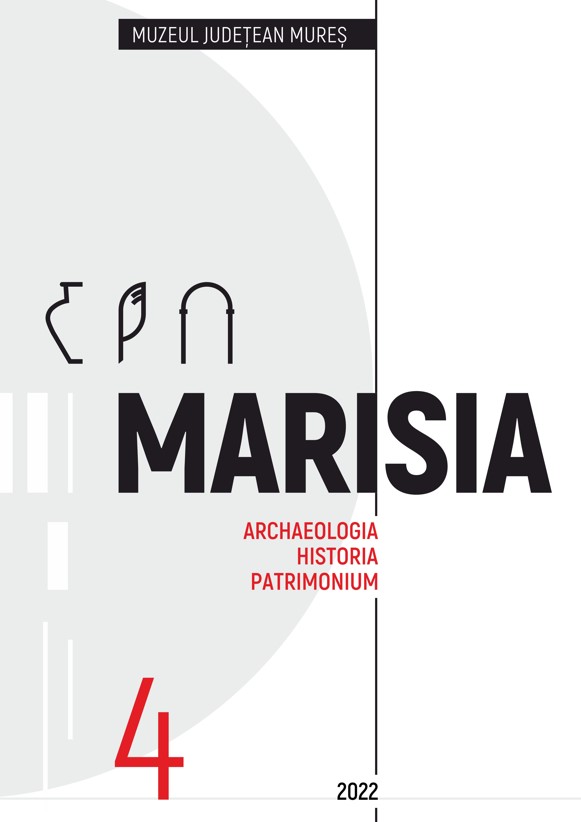EGY PÁRHUZAMOS VILÁG. A SZERB ŐSHONOSSÁG‑ELMÉLET
A PARALLEL WORLD. THE SERBIAN NATIONALITY THEORY
Author(s): Miklós TakácsSubject(s): Archaeology, Cultural history, Social history, Cultural Anthropology / Ethnology, Social Theory, Migration Studies
Published by: Editura Mega Print SRL
Keywords: Serbian Nationality theory; Jovan Rajić; Serbs; Carpathian Basin; Balkan Peninsula; Archeology; Slavic migration theories;
Summary/Abstract: Serbian historiography has promoted two theories about the presence of the Serbs’ ancestors in the southern part of the Carpathian Basin and the northern part of the Balkan Peninsula. The first one, formulated in 1794 by Jovan Rajić was the theory of indigeneity. Its author considered the Slavs, identified with the Serbs, to be the indigenous inhabitants of the region, who had lived there even before the Roman occupation. The other thesis was based on the emergence of Serbs in written sources. Both approaches had a strong impact on the archaeology of the southern Carpathian Basin. While the representatives of the indigeneity hypothesis basically strove to see Old Slavs – or Old Serbs identified with them – in all segments of the Migration Period archeological finds from the Sarmatian period to the so‑called Bjelo Brdo culture, those who based their research on written sources, tended to keep count of Slavs in the region only from the Avar period onwards. The doctrine of Serbian indigeneity has been cyclically reformulated, usually at times when Serbian history reached a turning point. A further peculiarity of its research is the focus on archaeological evidence that replaces the initially stressed linguistic and historical (pseudo)arguments. For a short, transitional period after the 2001 regime change in Serbia, it might have seemed that a new, less nationalistic system would be adopted in the medieval archeology of the southern Carpathian Basin. The failure of this process may have multiple reasons, and a sufficient historical perspective is probably needed to objectively assess each of the sub‑processes. Proponents of both the indigeneity and Slavic migration theories are represented among the narcheologists of Vojvodina. It remains to be seen whether Vojvodina’s medieval archaeology will be dominated by the need to solve the real conservation problems of a rapidly deteriorating archaeological heritage system or the need to constantly prove unquestionable theses derived from national mythology.
Journal: Marisia. Archaeologia, Historia, Patrimonium
- Issue Year: 2022
- Issue No: 4
- Page Range: 35-76
- Page Count: 42
- Language: Hungarian

